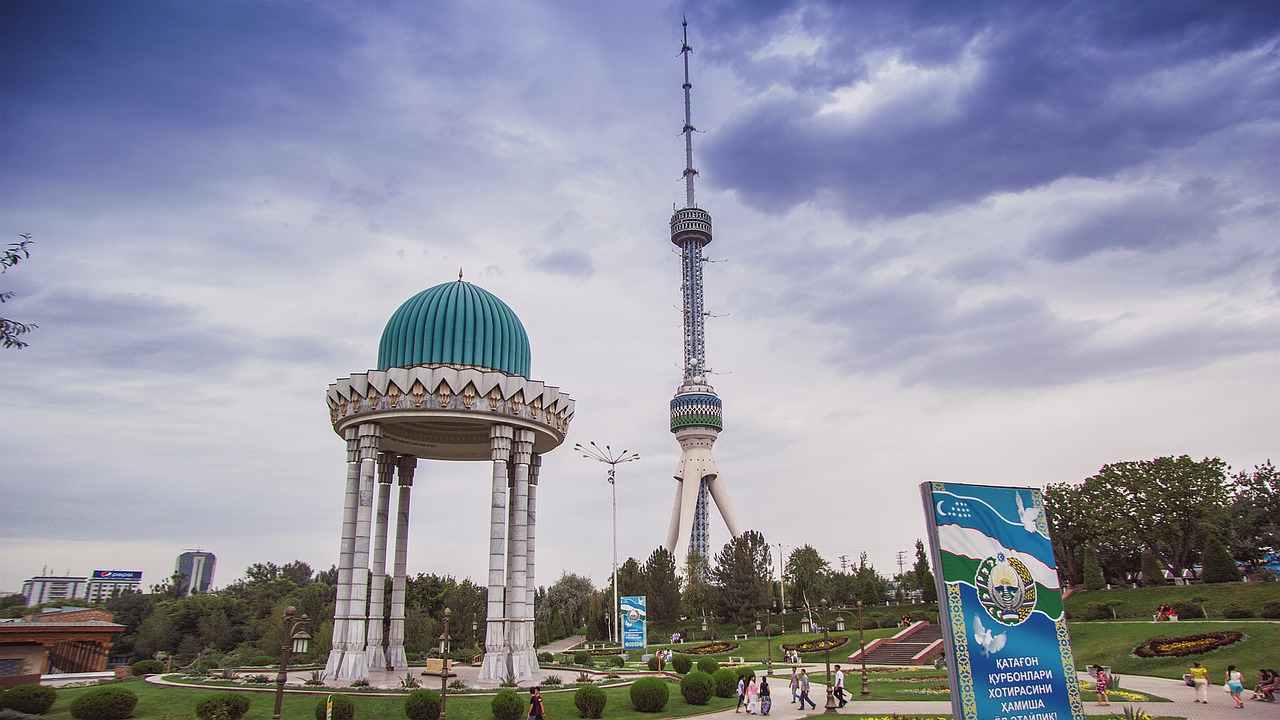UNESCO is the acronym for United Nations Educational Scientific and Cultural Organization and the organization periodically composes a World Heritage List of historical sites throughout the world. For a site to be designated as a UNESCO World Heritage Site, there are ten selection criteria and least one must be met.
These criteria are explained in detail in the Operational Guidelines for the Implementation of the World heritage convention, but we will only briefly cover each of them here. The following ten criteria are not listed in order of importance, as only one must be met for a site to be eligible for a UNESCO designation.
-The site is considered a masterpiece of human creativity.
-The site represents an important exchange of human values over a span of time or area of the world, on the development of architecture or technology, or city planning.
-The site is unique and displays a testimony to a cultural tradition or civilization that no longer exists.
-The site is an exceptional example of a building or type of architecture that exemplifies a significant aspect of human history.
-The site is an example of a traditional human land, sea, or homestead that represents culture(s) and/or interaction with the environment.
-The site is directly associated with beliefs, ideas, or living traditions with literary and artistic works of universal impact.
-The site contains outstanding natural phenomena of remarkable aesthetic beauty.
-The site represents major stages of earth’s history including record of life, ongoing geological processes in the development of landforms, etc.
-The site represents continuous ecological and biological processes in the evolution of freshwater, marine, and terrestrial ecosystems.
-The site contains important natural habitats, including those containing endangered species viewed as universally important from a scientific standpoint.
Uzbekistan is home to several UNESCO World Heritage Sites and we’ll take a look at three of them here. Each site uniquely meets at least one of the previously mentioned criterion.
-
Western Tien-Shan
Located across the boundary that divides Kazakhstan and Uzbekistan, the Western Tien-Shan was recognized as a UNESCO World Heritage Site in 2016. The Western Tien-Shan is unique because it offers outstanding value in terms of conservation of the earth’s biodiversity. Thanks to its agricultural past, which includes land cultivation techniques that are responsible for the ancestry of all modern apples, the Western Tien-Shan is a valuable site that must be preserved not only for its rich history but for further agricultural research.
Western Tien-Shan is situated along the Tien-Shan mountain range, which is among the largest in the world with altitudes ranging from 700 to 4,503 meters. The area is bio-diverse, but its World Heritage status was solidified because if its history of cultivated fruit crops and diverse flora. Many of the species in Western Tien-Shan are native to Central Asia.
Getting Western Tien-Shan designated as a UNESCO World Heritage Site was a result of collaboration between the Kazakhstan, Kyrgyzstan and Uzbekistan governments. Their work was also endorsed by the World Wildlife Federation (WWF) and environmental groups Biom an Aleine.
-
Itchan Kala (Khiva)
Itchan Kala, a fortress within the city of Khiva, was named a UNESCO World Heritage Site in 1990. Surrounded by 10-meter high brick walls, Itchan Kala is a stunning representation of Central Asian Muslim architecture. Some of its amazing structures include the Djuma Mosque, two 19th-century palaces, and several mausoleums.
Legend holds that Khiva was founded by the Shem (descendants of a son of Noah) after a well was discovered in the area, which was mostly dry desert. The nearby Darya river was used for centuries, thereby contributing to Khiva’s rich agricultural history.
One of the most significant yet often overlooked facts about Khiva is that it once lay along the Great Silk Road. Though its character was altered by the Soviets more than 40 years ago, what remains is a testament to the thriving place Khiva once was.
-
Historic Centre of Shakhrisyabz
Another remarkable UNESCO World Heritage Site in Uzbekistan is Shakhrisyabz. Located in southern Uzbekistan along the Silk Roads, Shakhrisyabz is more than 2,000 years old. With 15th and 16th century architecture and notable monuments, Shakhrisyabz’ innovation at the time is evident even today. Shakhrisyabz was a cultural and political epicenter during this period, and its architecture is true to Central Asian and Islamic themes. Though time has taken its toll on Shakhrisyabz, the splendor of its original architecture remains.
In addition to the aforementioned criteria for UNESCO World Heritage site eligibility, the organization has site protection and management requirements that all sites must adhere to. These policies support UNESCO’s mission of protecting and preserving historically significant places throughout the world and serve as a way to encourage participation in the UNESCO nomination process.

Sorry, comments are closed for this post.